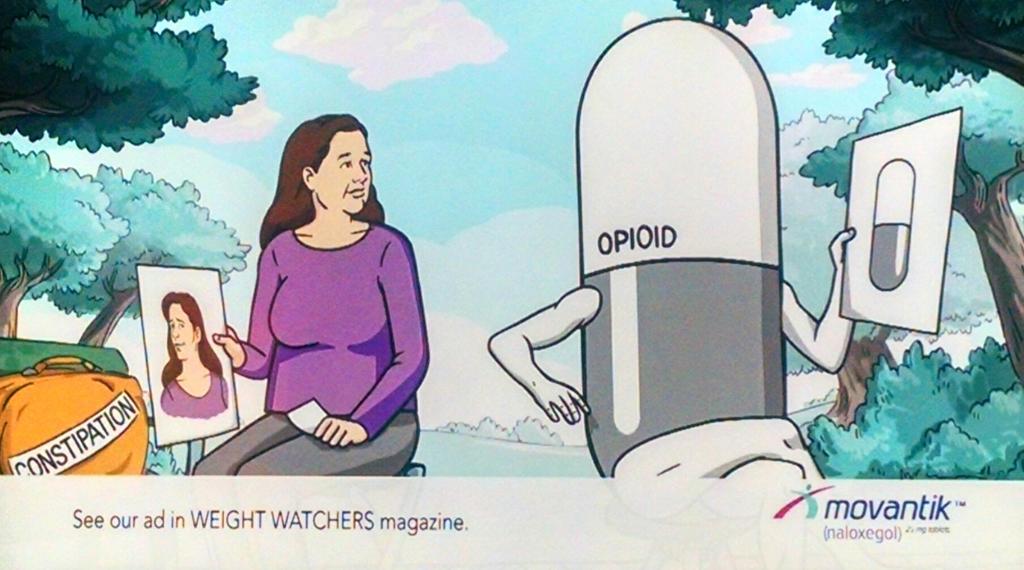This past Saturday, I spoke at the Vigil in Camden County, NJ. There were over 200 people in attendance, and many were there to remember one of the 274 individuals who died from an overdose whose names were read at the event. A number of people have asked for a copy of my speech; that’s quite a compliment, but alas, I only speak from an outline rather than a full script. I’ll cover some of the key points here, as well as list a few more resources that may be useful to the parent who has lost a child to an overdose (I’m not going to cover all of the current policy problems listed in my speech or review the positives from the last year or list my own policy goals, because I write about those issues here on a regular basis and it would also quadruple the length of this article).
I was going to be a Shakespeare professor, but then my friend died in late-2002 and I decided to work in an in-patient treatment program in Northern NJ. I engaged clients in individual counseling, group work, psychoeducation, family therapy and multi-family groups. I took them to 12-step meetings and on activities in order to teach them new ways to have fun. My work as a drug counselor led me to pay more attention to drug policy. One can’t look at drug policy without also looking at criminal justice policy. I am often exasperated with our state and country’s drug and criminal justice policies. I am angry with a number of different individuals, forces, companies and institutions.
I am angry at Big Pharma for pushing providers to expand diagnoses so they can increase their market share.
I am angry at Insurance Companies that refuse to pay for the appropriate level of care, or stop paying in the middle of treatment or decline to pay for any kind of treatment all together.
I am angry at those who tell me that it is “God’s will” that someone died.
I am angry about advertisements for drugs on TV and in print media.
I am angry at politicians who say they support forward thinking policies but then refuse to supply funding for said programs.
I am angry at people who write horrible things about those that have died from addiction and hide behind the anonymity of the internet.
I would like to yell and curse and mock and belittle and put-down and threaten and perhaps beat those that I am angry with. But not only are those behaviors ineffective, they are actually counter-productive. We must follow the example of Dr. King and win over those that stand against us with love, patience and the sharing of our personal experiences. In 2013, I spoke at the the NASW-NJ conference in Atlantic City. I talked about how Narcan can save lives by reversing overdoses, and how another social worker said something to the effect that we “should not encourage people to take drugs by having the safety net of Narcan.” Rather than yell and curse and belittle her, I showed her the picture of a mother and her son who died from an overdose and said, “I’d like to give her 3 more days with her son or even 4 more hours.” We need family members to show up at public events, speak at schools, talk before legislative committees and go to treatment programs and tell their stories. I encourage you to wear shirts with the pictures of your loved ones who passed from an overdose. Those shirts are devastating to look at and impossible to deny. You may find that people will say you were a poor parent, that your kid was a bad apple, that addiction is a choice, or that we need to clean up the gene pool. You will get angry. And I need you to respond with patience and tolerance. If I can do it, you can do it.
I have worked with people for a dozen years, and helped them through major life events like the death of a loved one, the end of a romantic relationship, job changes, money problems, moving, and health problems. I have suffered losses in my life as well: the deaths of family members, the aforementioned overdose of my friend Fraser, a divorce, and my sister’s battle with breast cancer (she is alive and well, but it was a doozy of a year for our family). During those stressful events, time slowed down and I would walk aimlessly around my house and stare at nothing in particular. I know other people do that too. At last year’s vigil, I met a woman who buried her daughter that morning. I wanted to comfort her and make everything better, but that is beyond my powers and abilities. But I do have some unsolicited advice for the parents who have lost a child:
1) Attend a meeting of GRASP or Parent-to-parent
2) See a professional grief counselor
3) Spend time with other family members
4) Engage in your hobbies, even if you take no joy in them
5) Get out of your house each day
6) Find a purpose. Last year, I wrote an article about what people can do to help (it’s a good starting point). Paul Ressler decided his purpose was to expand the use of Narcan. Others might want to talk to the parents of a young adult who is in the midst of her addiction. A few of you might want to become a therapist. The point is that there are many options, including work outside of the addiction and mental health fields.
This work often leaves me saddened, angry, cynical, skeptical and frustrated. But I continue to look for hope, help others, and work towards meaningful policy changes. Things are better than they were a year ago. They can get better still. Please join me.

